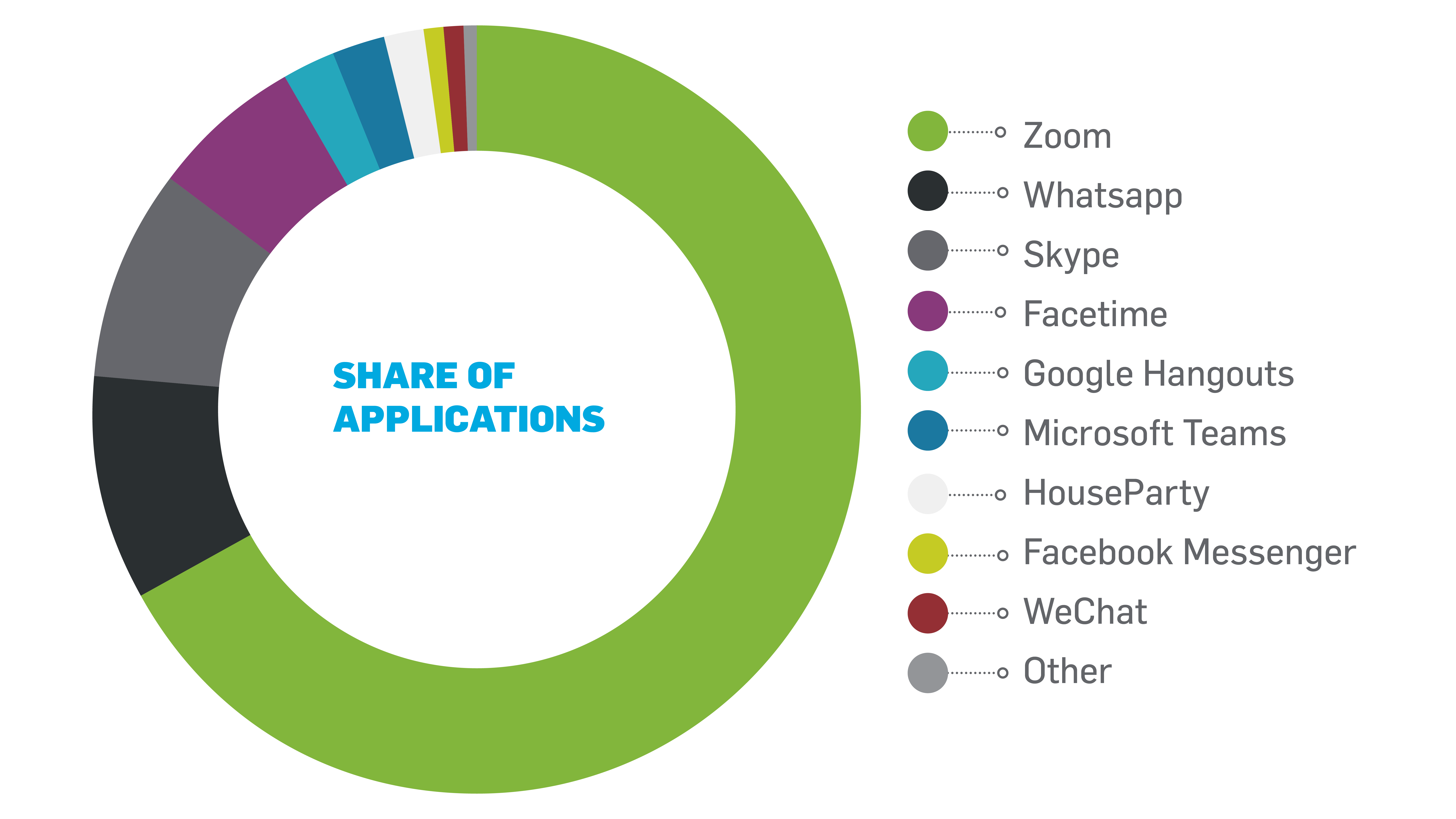SOCIAL LISTENING FINDINGS
Week One: 4.8.20
Our social listening research seeks to uncover the ongoing COVID-19 conversations taking place online across the nation in order to identify the areas of greatest need and hone in on shifting social trends.
In addition to our weekly briefs, supplemental social listening insights are updated weekly below, adding further depth to findings discussed in the brief as well as highlighting additional areas of interest.
FINDING 1
American Worries Over Expenses Soar
Online mentions of expense worries surged in mid-March, following President Trump’s declaration of a National State of Emergency on March 13, 2020. Mentions continued to climb as U.S. cities began imposing social distancing restrictions, and the stock market continued to suffer. An all-time high emerged on April 1st, when mentions increased by 34% in a single day - the rent deadline for many Americans.

Younger generations appear to be experiencing the greatest impact, as 85% of all mentions stemmed from those ages 18-34. In our weekly survey, a similar finding emerged, as 86% of respondents ages 18-34 reported having already been financially impacted.
Perhaps unsurprisingly, a strong correlation has emerged between online expense worries and negative personal expressions. The correlation was also reinforced in our weekly survey, with a correlation emerging between a respondent's emotional state and self-reported financial impact.
Younger generations appear to be experiencing the greatest impact, as 85% of all mentions stemmed from those ages 18-34. In our weekly survey, a similar finding emerged, as 86% of respondents ages 18-34 reported having already been financially impacted.
Perhaps unsurprisingly, a strong correlation has emerged between online expense worries and negative personal expressions. The correlation was also reinforced in our weekly survey, with a correlation emerging between a respondent's emotional state and self-reported financial impact.

Personal Expense Worries x Negative Feelings
Graphic powered by Talkwalker
When honing in on emoji usage, faces of anguish and sadness were among the most popularly used, alongside the hands in prayer emoji. In comparing emoji usage from February to March, subtle shifts can be seen, as worries become much more real and the pandemic reaches all-time heights.
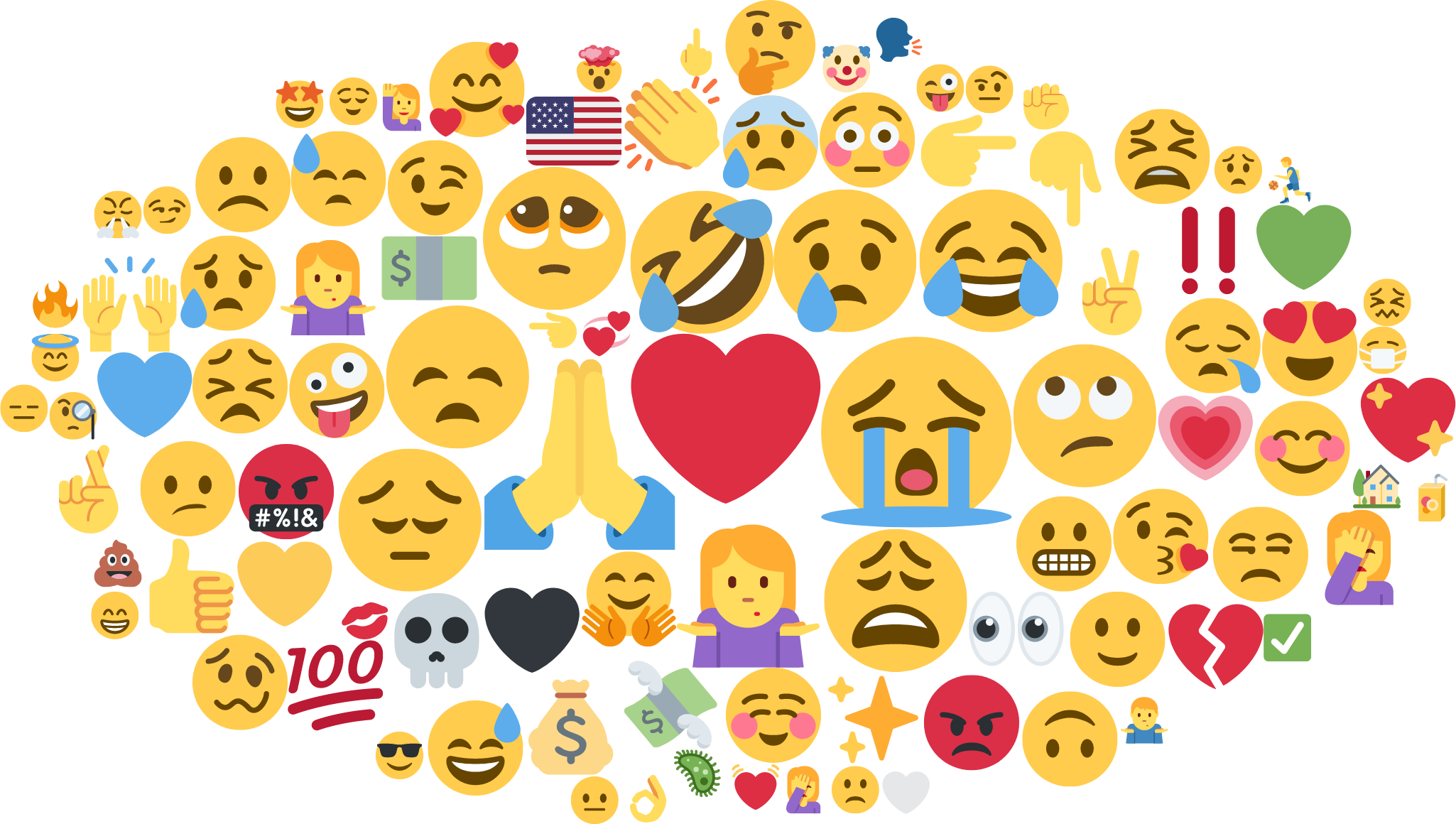
Top Emojis
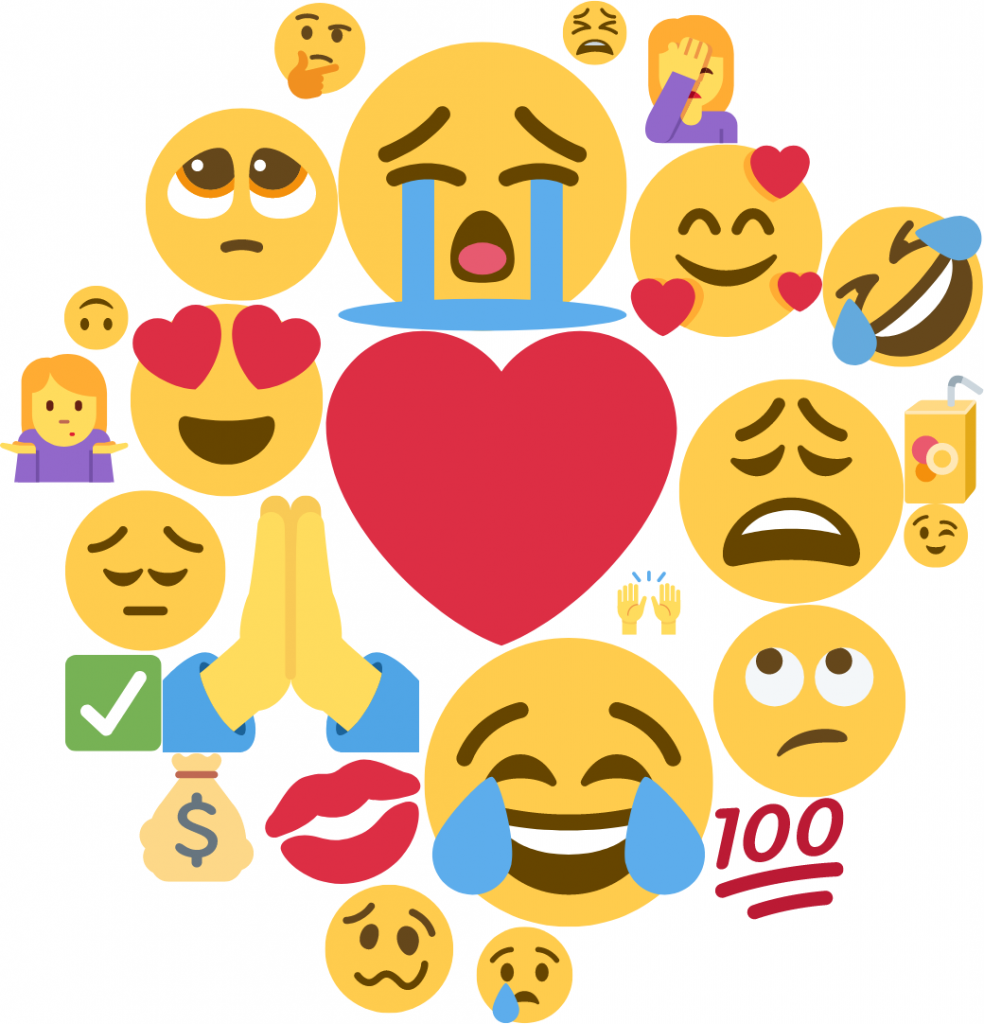
Top Emojis February
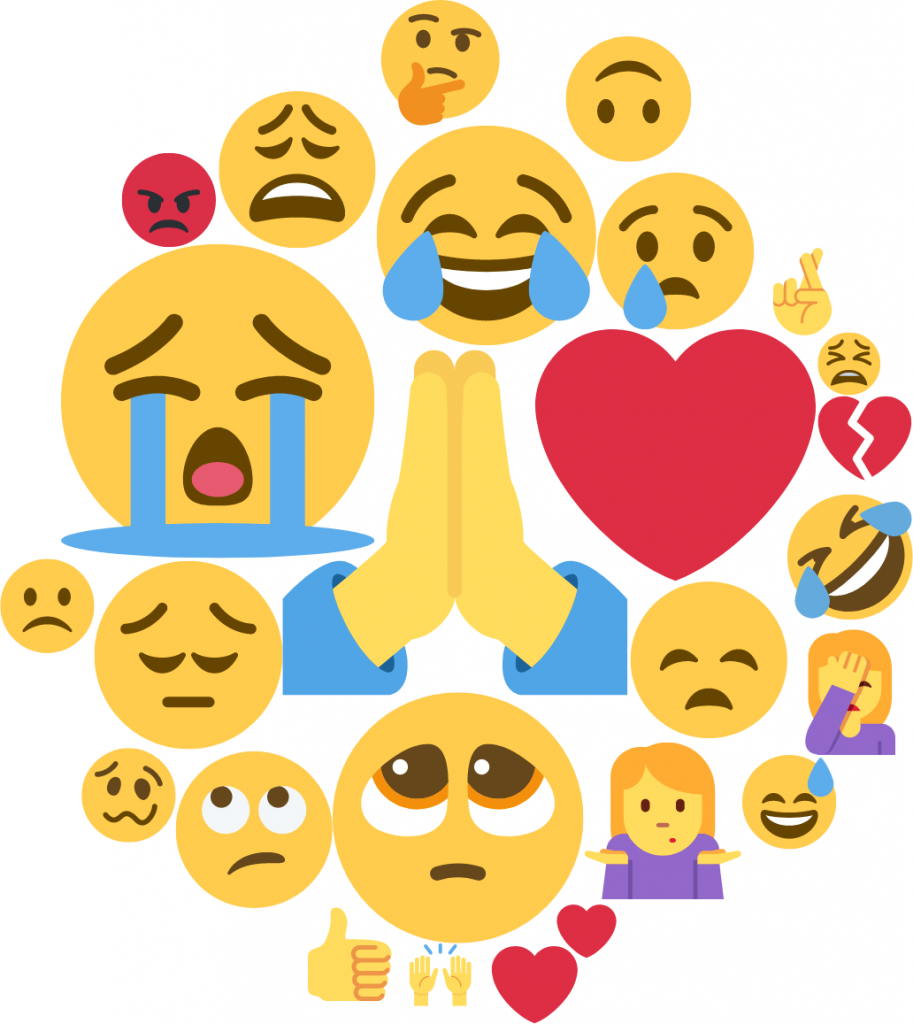
Top Emojis March
Graphic powered by Talkwalker
FINDING 2
The Mixed Feelings of Americans
As COVID-19 continues to spread across the nation, more and more online authors are sharing personal expressions of fear, worry, and anger. Mentions surged in early March, as major U.S. events were canceled (NCAA, NHL, MLB), and continued to climb as lockdowns and mandated social distancing restrictions were put into place. While a slight uptick was seen in positive personal expressions, mentions have remained relatively steady throughout the month. Thankfully, a slight decline in negative expressions is appearing to emerge as we enter April.

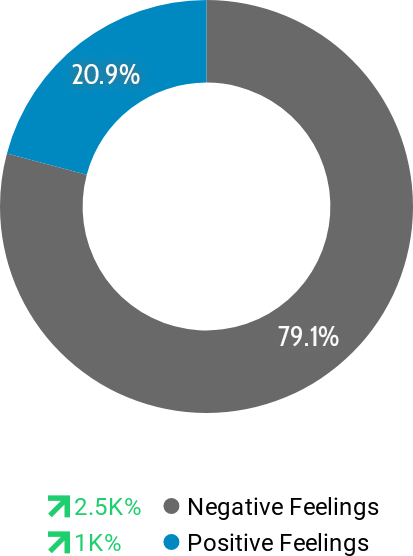
Social Media User Expressions of Positive and Negative Feelings
When looking at the top hashtags emerging in each focus area, stark differences can be seen between the two discussions. Negative personal expressions often included hashtags on #MentalHealth, including #depression and #anxiety, and often included references to personal worries, such as affording rent or the health of a family member.
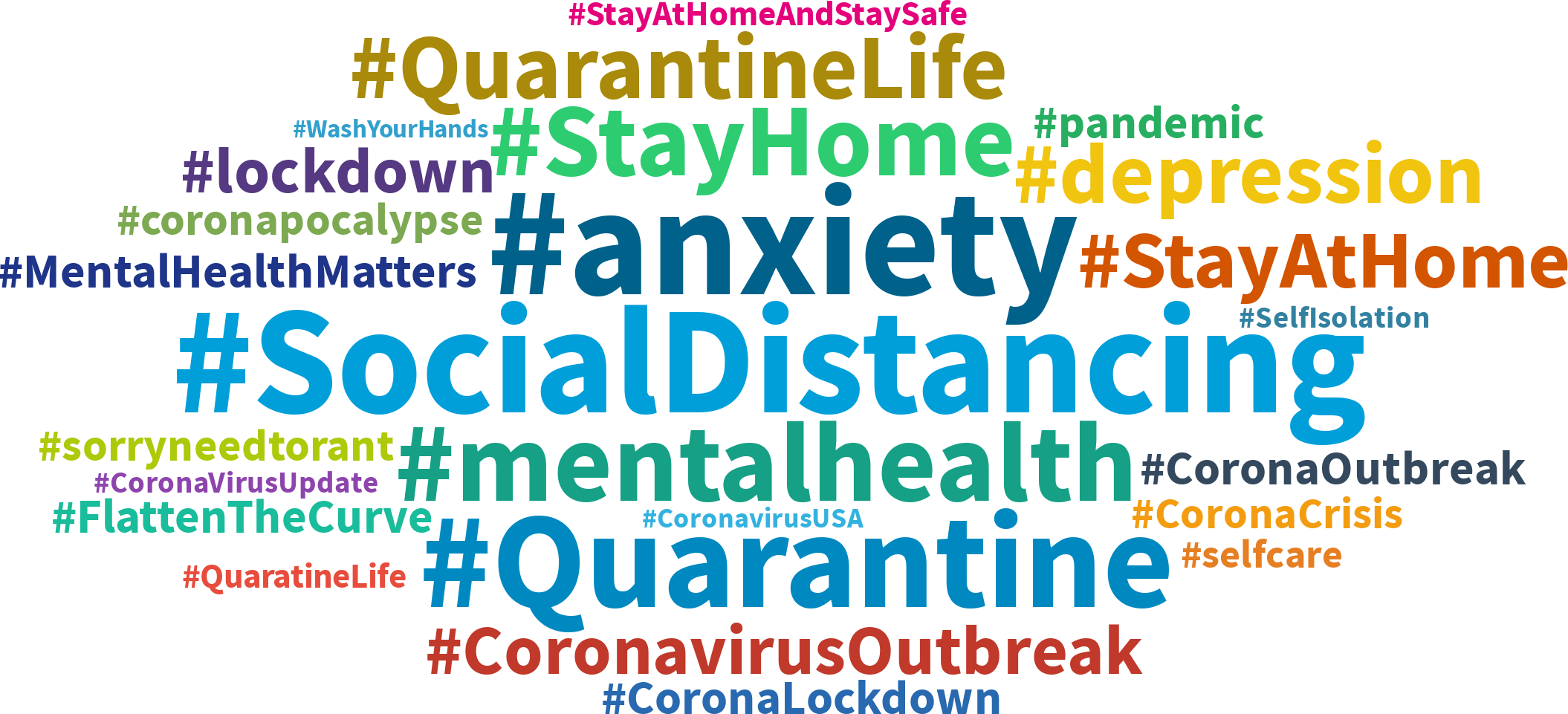
Top March Hashtags: Negative Feelings
Graphic powered by Talkwalker
Positive personal expressions included hashtags around staying physical, staying home, and more light-hearted hashtags such as #CoronaHair. The hashtags #Blessed and #Grateful also emerged, and were often focused on the well-being of the nation’s healthcare workers.

Top March Hashtags: Positive Feelings
Graphic powered by Talkwalker
Thankfully, #SocialDistancing and #Quarantine were prominent in both discussions.
FINDING 3
The Leaders in Video Conferencing
In light of the nation’s social distancing efforts, video conferencing and “virtual happy hours” have become the new normal for connecting with family, friends and co-workers. Zoom, a popular video conferencing application, experienced substantial lifts in usage mentions, up until recent privacy concerns.
While Zoom was the most self-reportedly used application across all ages, younger generations (A18-34) leaned toward WhatsApp and Facetime, while older audiences (A35+) seemed to preferred Skype and Google Hangouts. Houseparty, a relatively new application, has a smaller share of the overall conversation, but has been making headway in both usage mentions and positive sentiment - particularly by younger generations.
Sentiment drivers were largely similar across all of the applications, with free, user-friendly, and reliable platforms in the lead, and those with long lag times and limited customization options falling behind.

